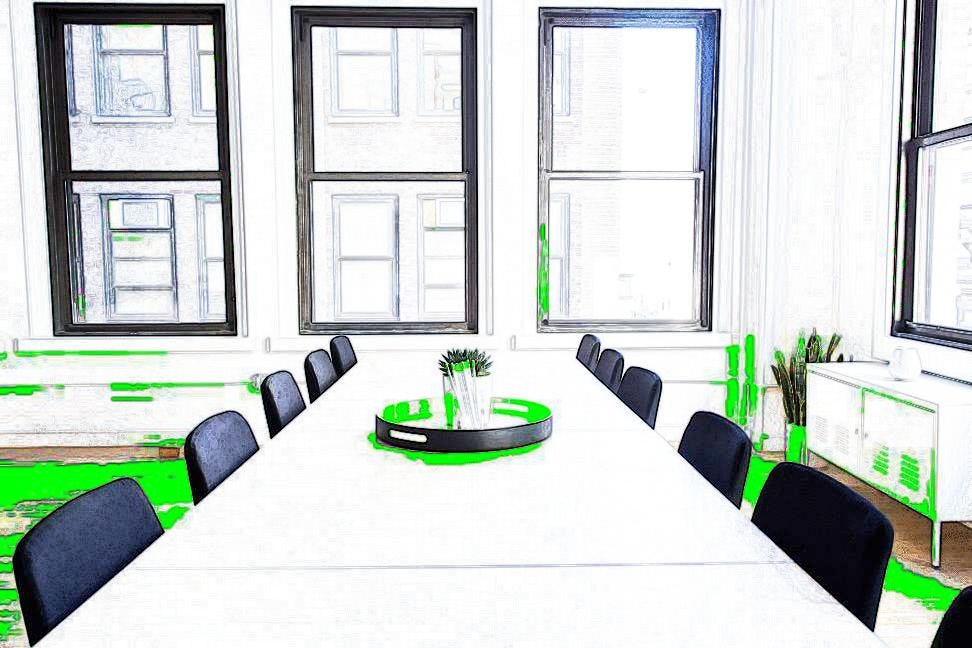Latest news about Bitcoin and all cryptocurrencies. Your daily crypto news habit.
 By Cameron Herold, COO Alliance Founder. Originally published on Quora.
By Cameron Herold, COO Alliance Founder. Originally published on Quora.
People are invited to meetings because they have something to contribute. If they’re in the room, you want to hear from them.
But we’re all different, with drastically different personality types. Sometimes, our personalities work together to create a fantastic meeting. Other times, they clash and the meeting is next to useless. If you want to run a successful meeting, you have to know how to manage all personalities.
There are four main personality types — two extroverted and two introverted. And each person has a primary trait and a secondary trait that define how they interact with others.
Here’s what each type looks like and what to know before inviting them to a meeting.
1. Dominants
It’s easy to spot this type.
They’re assertive and talkative. They’re the high-energy, forceful, type-A personalities in the room. They say what they mean, and they aren’t afraid to argue passionately for what they think is right.
Actually, they believe in their opinions so strongly that they often argue to be right, rather than arguing for the better solution.
2. Expressives
These are people who think out loud and talk with their hands.
They’re excitable. You might see one of them jump out of their seat to make a point. They’ll vocalize seven different ideas in order to decide which one they like best.
Extrovert types like Dominants and Expressives can really take over a room. You don’t have to worry about them being seen or heard. Their ideas will get out there, no matter what.
You do have to worry about whether or not they’re hearing other people in the room and taking their points into consideration.
3. Analyticals
This type is more difficult to spot.
They’re the people who think through their answers before they speak. Because of that, the Dominants and Expressives often think the Analyticals take too long to say anything. They’re too slow.
In reality, they just have a more internal process.
4. Amiables
These are the people who avoid conflict and continually agree with everyone else in a passive manner.
Most of the time they actually do agree. But their passivity means they miss opportunities to give their ideas or disagree with something someone just said.
They often leave the room feeling like they weren’t heard, or that their presence wasn’t necessary.
How The Four Types Interact
As you’ve probably noticed, the Dominants and Expressives often steamroll the Analyticals and Amiables in meetings, sometimes with disastrous results.
Here’s an example:
I’m primarily an Expressive, and my secondary trait is Dominant. At one point, I was working as the COO of a company — alongside a CEO who also very Dominant and Expressive. But we had a VP of Finance whose primary and secondary traits were Amiable and Analytical. He was a quiet, soft-spoken guy who was very polite.
And one day he started politely telling us he was worried about our numbers, and we needed to be careful. He expressed these worries multiple times, along with some other potentially very dangerous financial concerns.
The CEO and I would respond, “Yeah, yeah. Okay, but here’s why it works.” We were both so domineering that we we refused to hear the problem, and he was so passive that we sold him on our rebuttals.
We kept on working that way until we had a new CFO come in and tell us directly, “We’re running out of money.”
We were shocked. How could this have happened? Why didn’t we know this? And then, we realized we did know it. We had just ignored the warnings the whole time.
Manage Yourself First
Once you know your personality types, you can develop tactics for addressing issues that might happen in a meeting.
In my case, I know I like to talk with my hands, think out loud, and get emotional. I take things very personally. Because of that, I’ve developed ways to work around the negative aspects of those traits.
I sit on my hands during meetings because it prevents me from beginning to talk. Weird, but it works.
You can also consciously ask the youngest or newest member in the meeting to speak first and give their ideas so they aren’t ignored. Actively listen to the person speaking and ask questions to really understand their point before making yours.
Those may seem like small things, but they can make a world of difference in the ideas and opinions you’re exposed to during a meeting. And those contributions are what will truly make your meetings useful and enjoyable for everyone.
By Cameron Herold, COO Alliance Founder. Originally published on Quora.For more trending tech answers from Quora, visit HackerNoon.com/quora.
How to Run Better Business Meetings was originally published in Hacker Noon on Medium, where people are continuing the conversation by highlighting and responding to this story.
Disclaimer
The views and opinions expressed in this article are solely those of the authors and do not reflect the views of Bitcoin Insider. Every investment and trading move involves risk - this is especially true for cryptocurrencies given their volatility. We strongly advise our readers to conduct their own research when making a decision.